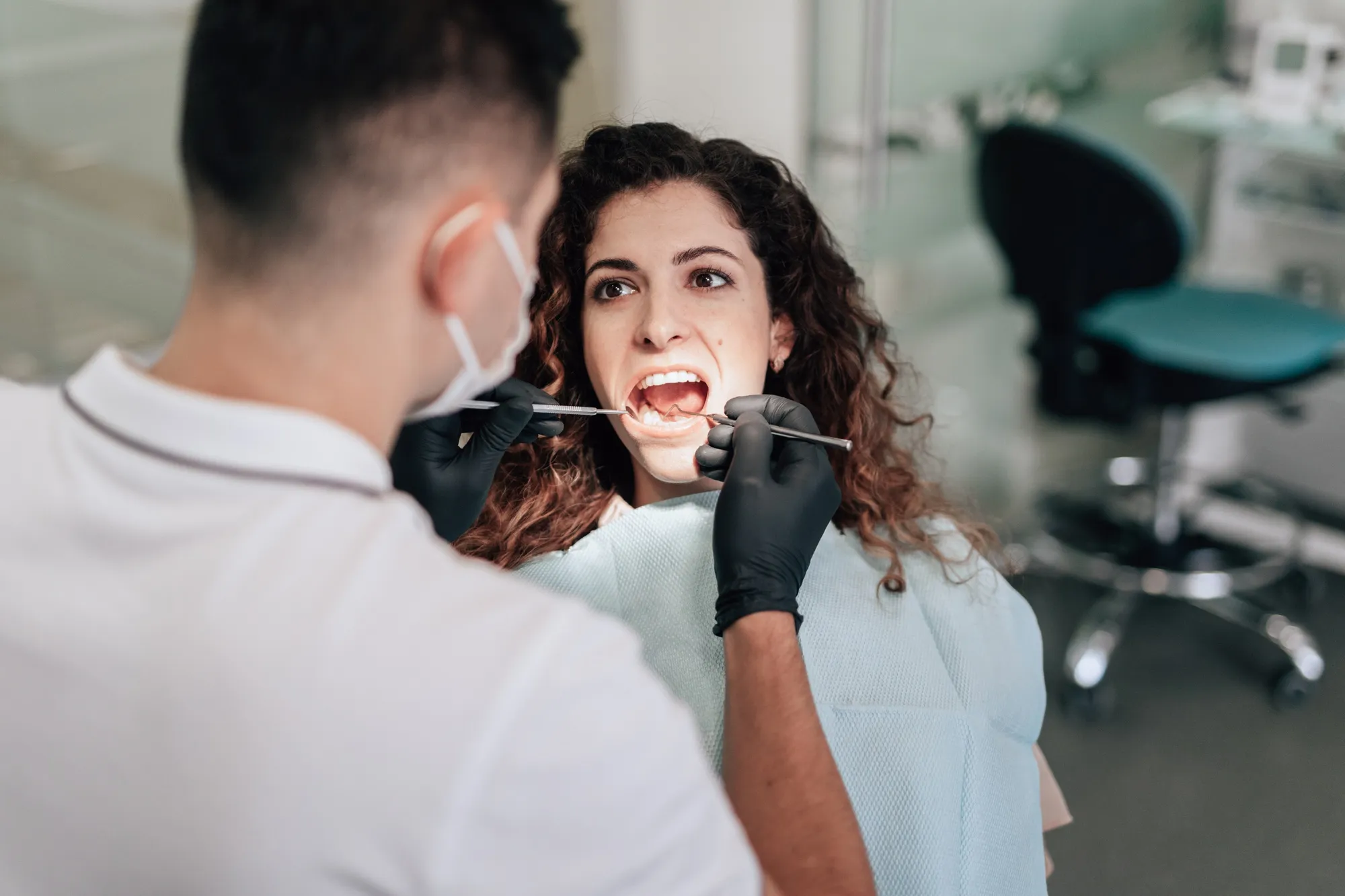In an era where antibiotic resistance is a growing concern, a breakthrough study published on January 14, 2024, in the Journal of Oral Biosciences has now identified mulberry leaves as a promising new source for combating oral bacteria. This significant research indicates that mulberry extracts and specific fractions have antibacterial activity against common periodontopathic bacteria which are known to cause dental diseases like periodontitis.
The Groundbreaking Discovery
The study, meticulously conducted by a team of researchers led by Takahisa Shirai from the Faculty of Dentistry at Ohu University, Japan, took on the challenge to find novel antibacterial compounds active against key bacteria implicated in periodontal diseases. They include the notorious Porphyromonas gingivalis, Fusobacterium nucleatum, and Prevotella intermedia, which are widely recognized as leading causes of chronic gum infections leading to tooth loss.
Using an innovative approach, the research team extracted an acetone-soluble fraction from mulberry (Morus alba) leaves using an oil/water separation technique. This extract underwent further purification through silica gel open-column chromatography. They achieved a milestone in isolating fractions with potent antibacterial properties, particularly against P. gingivalis.
The Findings in Detail
The identified fractions from the mulberry leaf extract showed remarkably low minimum inhibitory concentrations (MICs), indicating their strong antibacterial effects. The crude extract exhibits an MIC against P. gingivalis at 62.5-125 μg/mL.
Upon purification, two specific fractions, termed Cf K and Cf P, demonstrated heightened activity. Particularly, Cf K displayed an MIC of 6.25 μg/mL against P. gingivalis, while Cf P inhibited the bacterial growth at 25.0 μg/mL. Furthermore, Cf K’s efficacy extends to other bacteria such as F. nucleatum, P. intermedia, and Streptococcus mutans, with MIC values ranging between 6.25 μg/mL and 25 μg/mL.
Implications for Dental Health and Beyond
To contextualize the importance of these findings, dental health professionals have long sought after alternatives to traditional antibiotics due to the rising issue of antibiotic resistance. Periodontal diseases affect a significant portion of the global population, potentially leading to serious complications such as tooth loss and, in severe cases, increased risk of systemic conditions like heart disease and diabetes.
The discovery of mulberry leaf extracts as effective antibacterial agents can pave the way for developing new oral care products and treatments that can prevent or combat periodontal infections more effectively, without contributing to the growing problem of antibiotic resistance.
The Research Team and Their Contribution
This breakthrough is credited to an expert team, including Yutaroh Satoh from the Graduate School of Medicine, Dentistry and Pharmaceutical Science at Okayama University and the Department of Microbiology at Tokyo Dental College, alongside Kazuyuki Ishihara from the Department of Microbiology at Tokyo Dental College. Their specialized experience in dental microbiology underscores the high reliability of their findings.
The Study’s Impact and What’s Next
The research study, supported by credible methods and protocols, underwent rigorous peer review before publication in the Journal of Oral Biosciences, boasting a DOI of 10.1016/j.job.2023.12.009. It opens a novel door for future investigations into the use of natural plant extracts in dentistry and bacterial infection management.
There is now a clear indication that further research could identify the specific compounds within the mulberry leaf fractions responsible for the antibacterial activity. The researchers could explore the full potential of these compounds, including their safety profile, efficacy in complex oral environments, and potential to be integrated into various forms of dental care products, from mouthwashes to toothpastes.
The No Competing Interest Declaration
The authors have declared no known competing financial interests or personal relationships that could have appeared to influence the work reported in this paper, ensuring the unbiased nature of their research.
References
1. Takahisa Shirai et al. “Antibacterial activity of mulberry extracts and purified fractions against oral pathogenic bacteria.” Journal of Oral Biosciences, [Insert Volume and Issue Number], 10.1016/j.job.2023.12.009.
2. J Oral Biosci. 2024 Jan 12; “Antibacterial activity of mulberry extracts and purified fractions against oral pathogenic bacteria.” [PubMed Entry].
3. S1349-0079(23)00200-1.
4. Netherlands Journal of Oral Biosciences, DOI 10.1016/j.job.2023.12.009 .
5. [Author Affiliation Article in Journal] – Faculty of Dentistry, Ohu University, Japan, and Graduate School of Medicine, Dentistry and Pharmaceutical Science, Okayama University, Japan.
Keywords
1. Mulberry leaf antibacterial
2. Oral pathogenic bacteria treatment
3. Periodontal disease natural remedies
4. Morus alba dental care
5. Antibiotic resistance alternative therapy
In Conclusion
The findings of this groundbreaking study open up a new horizon for dental medicine and bacterial infection treatments. With further research and development, mulberry leaves might just be the key ingredient in the next generation of dental care products, offering a natural and potent solution in the fight against periodontal pathogens.
